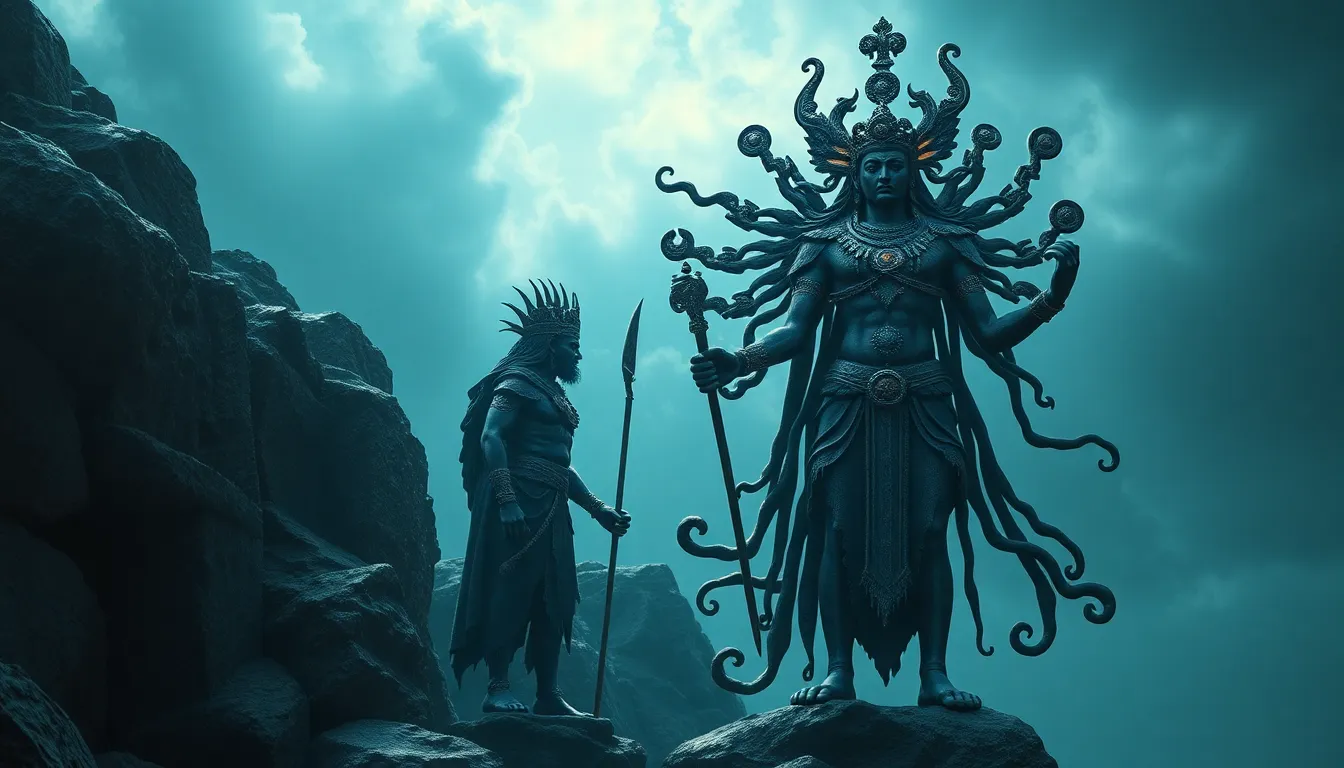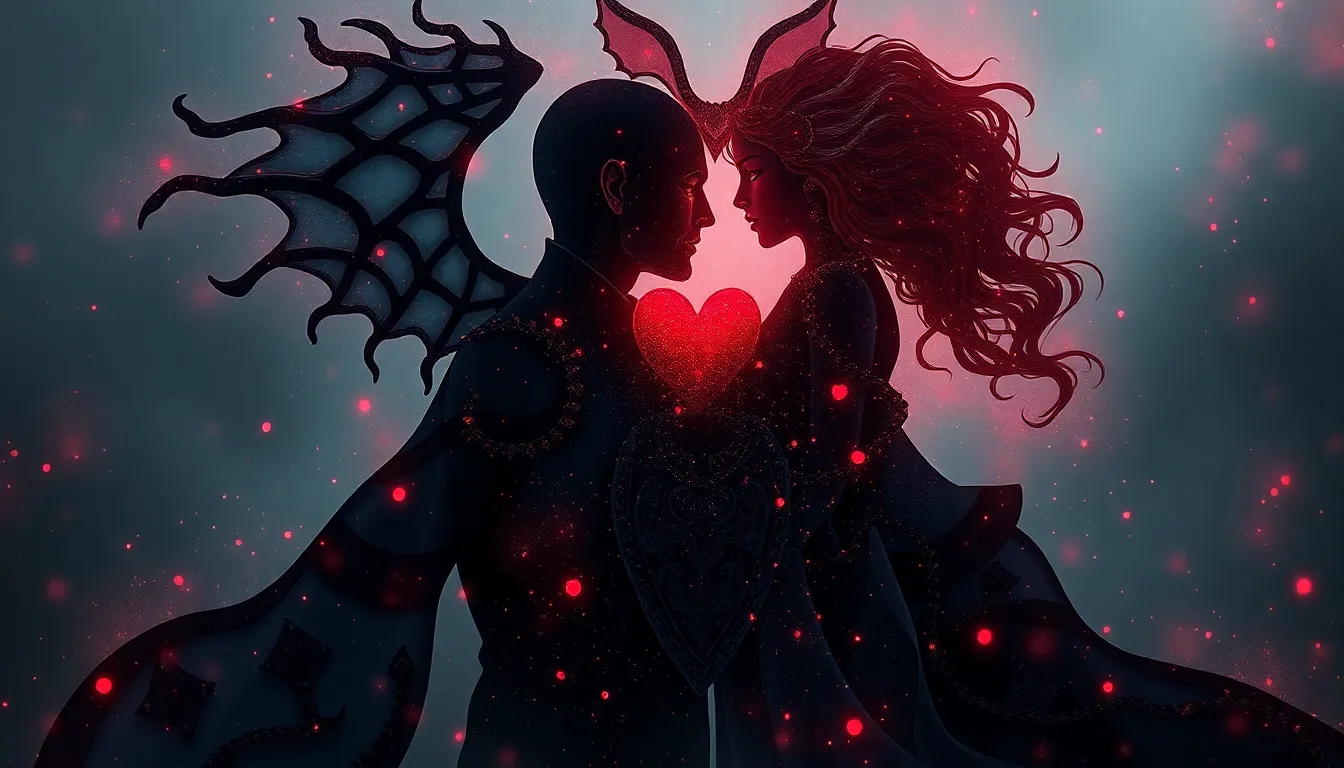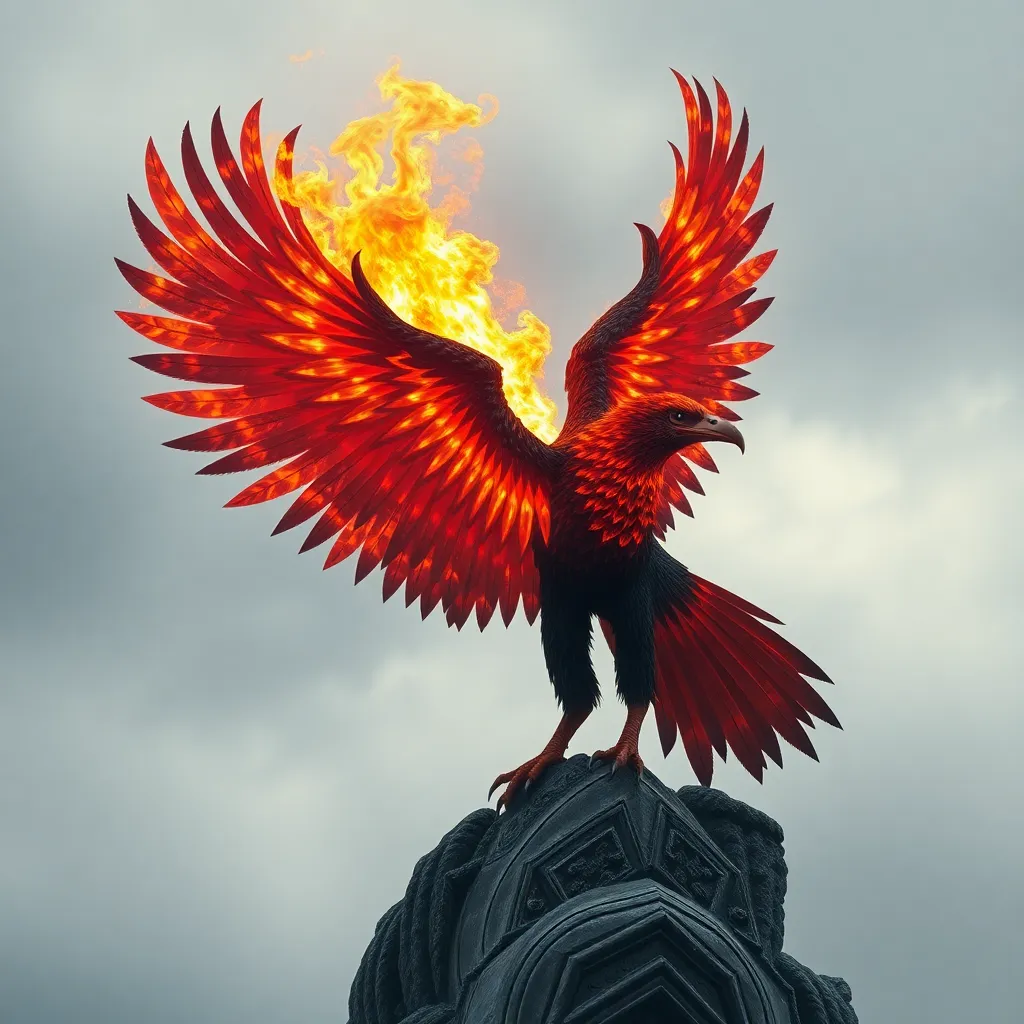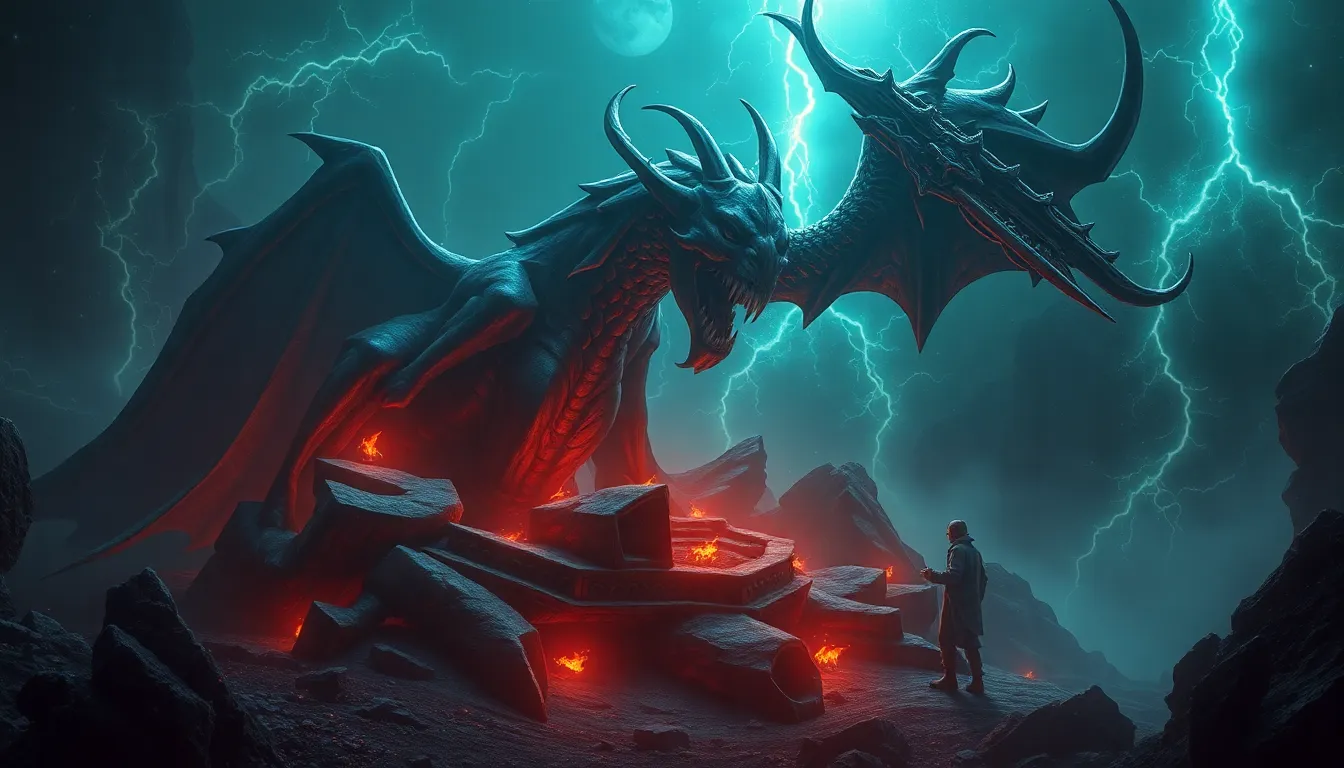The Most Intriguing Tales of Ancient Deities and Their Symbolism
I. Introduction to Ancient Deities
In ancient cultures, deities were central to human understanding of the world around them. Defined as supernatural beings with power over various aspects of life and nature, these gods and goddesses were not just figures of worship but also embodiments of human experiences and emotions.
Mythology served as a crucial framework for ancient societies, providing explanations for natural phenomena, moral guidance, and cultural identity. Through myth, people explored the complexities of their existence, weaving narratives that reflected both their aspirations and fears.
The purpose of exploring these intriguing tales is to uncover the profound symbolic meanings embedded within them. Each story offers insights into the values, struggles, and beliefs of the cultures that created them.
II. The Creation Myths: Birth of the Universe and Deities
Creation myths are foundational narratives that describe the origins of the universe and the deities that govern it. Across cultures, these myths reflect a shared human curiosity about existence and the cosmos.
One prominent example is the Enuma Elish, the Babylonian creation myth. This epic tells the story of the god Marduk, who defeats the primordial goddess Tiamat to establish order from chaos. The narrative highlights the struggles between chaos and order, a theme prevalent in many creation stories.
- Chaos: Represented by Tiamat, chaos is a force that threatens the stability of the universe.
- Order: Marduk’s victory symbolizes the establishment of order and the creation of the world.
This duality of chaos and order resonates throughout various cultures, emphasizing the balance that must be maintained for a harmonious existence.
III. Love and Desire: The Tales of Venus and Eros
Love and desire are timeless themes explored in mythology, often portrayed through the tales of deities associated with romance.
In Roman mythology, the story of Venus and Mars illustrates the complexities of love and war. Venus, the goddess of love, falls for Mars, the god of war, creating a dynamic interplay between passion and conflict.
Another captivating tale is that of Eros and Psyche. This story presents a journey of love that endures trials and tribulations. Eros, the god of love, falls for the mortal Psyche, and their love story is filled with challenges that ultimately lead to Psyche’s transformation into a goddess.
- Symbolism of Love: These tales symbolize the power of love to transcend obstacles.
- Desire: They illustrate the human yearning for connection and understanding.
Ultimately, these narratives reveal that love is a complex, multifaceted force that shapes human experiences.
IV. The Trickster Archetype: Loki and Anansi
The trickster figure appears in many mythologies, representing the dual nature of humanity—both creative and destructive.
Loki, from Norse mythology, embodies mischief and chaos. His actions range from humorous to malevolent, ultimately leading to catastrophic consequences for the gods. Loki’s tales serve as cautionary tales about the unpredictability of life and the consequences of one’s actions.
In contrast, Anansi the Spider from African folklore teaches wisdom through cunning and cleverness. Anansi’s stories often convey moral lessons, emphasizing the importance of intelligence and resourcefulness in overcoming challenges.
- Loki: Embodies chaos and the consequences of deception.
- Anansi: Represents wisdom, cunning, and the value of storytelling.
These trickster figures remind us of the complexities of morality and the lessons learned through their actions.
V. Death and the Afterlife: Osiris and Hades
Death and the afterlife are significant themes in mythology, often reflecting cultural beliefs about existence beyond the physical realm.
The myth of Osiris illustrates ancient Egyptian beliefs about the afterlife. Osiris, the god of the afterlife, is resurrected after being killed by his brother Set. This narrative underscores the importance of life, death, and rebirth, emphasizing the cyclical nature of existence.
Similarly, the story of Hades and Persephone in Greek mythology explores the seasonal cycles of life and death. Hades, the god of the underworld, abducts Persephone, leading to her seasonal descent into the underworld and return to the earth.
- Osiris: Represents resurrection and the eternal cycle of life.
- Hades: Symbolizes the inevitability of death and the intertwining of life and death.
These tales convey profound symbolic meanings regarding the nature of existence and the human condition.
VI. War and Valor: Ares and Athena
War is a prevalent theme in mythology, often depicted through the contrasting figures of deities associated with conflict.
Ares, the Greek god of war, embodies the chaotic and brutal aspects of battle. His stories highlight the destruction and chaos that war brings, serving as a reminder of its consequences.
On the other hand, Athena, the goddess of wisdom and strategic warfare, represents the valor and honor associated with fighting for a just cause. Her tales emphasize the importance of strategy, intelligence, and moral values in conflict.
- Ares: Embodies chaos and destruction in warfare.
- Athena: Represents wisdom, strategy, and the moral implications of war.
The duality of these figures illustrates the complex nature of warfare, highlighting both its destructive and honorable aspects.
VII. Nature and Fertility: Demeter and Gaia
Nature and fertility are central themes in mythology, often represented by deities associated with the earth and agricultural cycles.
The myth of Demeter and Persephone explores the seasonal cycles of growth and decay. Demeter, the goddess of agriculture, mourns her daughter Persephone’s descent into the underworld, which leads to the barrenness of the earth during winter.
Gaia, the personification of Earth, symbolizes the nurturing aspects of nature. She is often depicted as a mother figure, representing fertility, growth, and the interconnectedness of all life.
- Demeter: Represents the cycles of life, death, and rebirth in nature.
- Gaia: Embodies the nurturing and sustaining aspects of the earth.
These narratives reveal the deep connection between humanity and the natural world, emphasizing the importance of respecting and nurturing the environment.
VIII. Justice and Order: The Role of Ma’at and Themis
Justice and order are fundamental themes in mythology, often embodied by deities who represent moral principles and societal structure.
Ma’at in Egyptian mythology symbolizes truth, balance, and cosmic order. She represents the principles that maintain harmony in the universe, guiding the actions of both mortals and gods.
Themis, in Greek mythology, personifies divine law and order. She is often depicted holding scales, representing fairness and justice in human affairs.
- Ma’at: Represents truth and the cosmic balance of the universe.
- Themis: Embodies justice, fairness, and moral order in society.
These figures remind us of the importance of justice and morality in maintaining social order and harmony.
IX. The Complexity of Deities
The tales of ancient deities reflect the complexities of human experience, encompassing a wide range of emotions, values, and moral lessons. These narratives are not just stories of gods and goddesses but are deeply intertwined with the human condition, offering insights into our own lives.
As we explore these intriguing tales, we gain a greater understanding of the symbolic meanings behind them. They serve as mirrors reflecting our desires, fears, and aspirations, connecting us to the rich tapestry of human history and culture.
Ultimately, the stories of ancient deities remind us of our shared humanity and the




